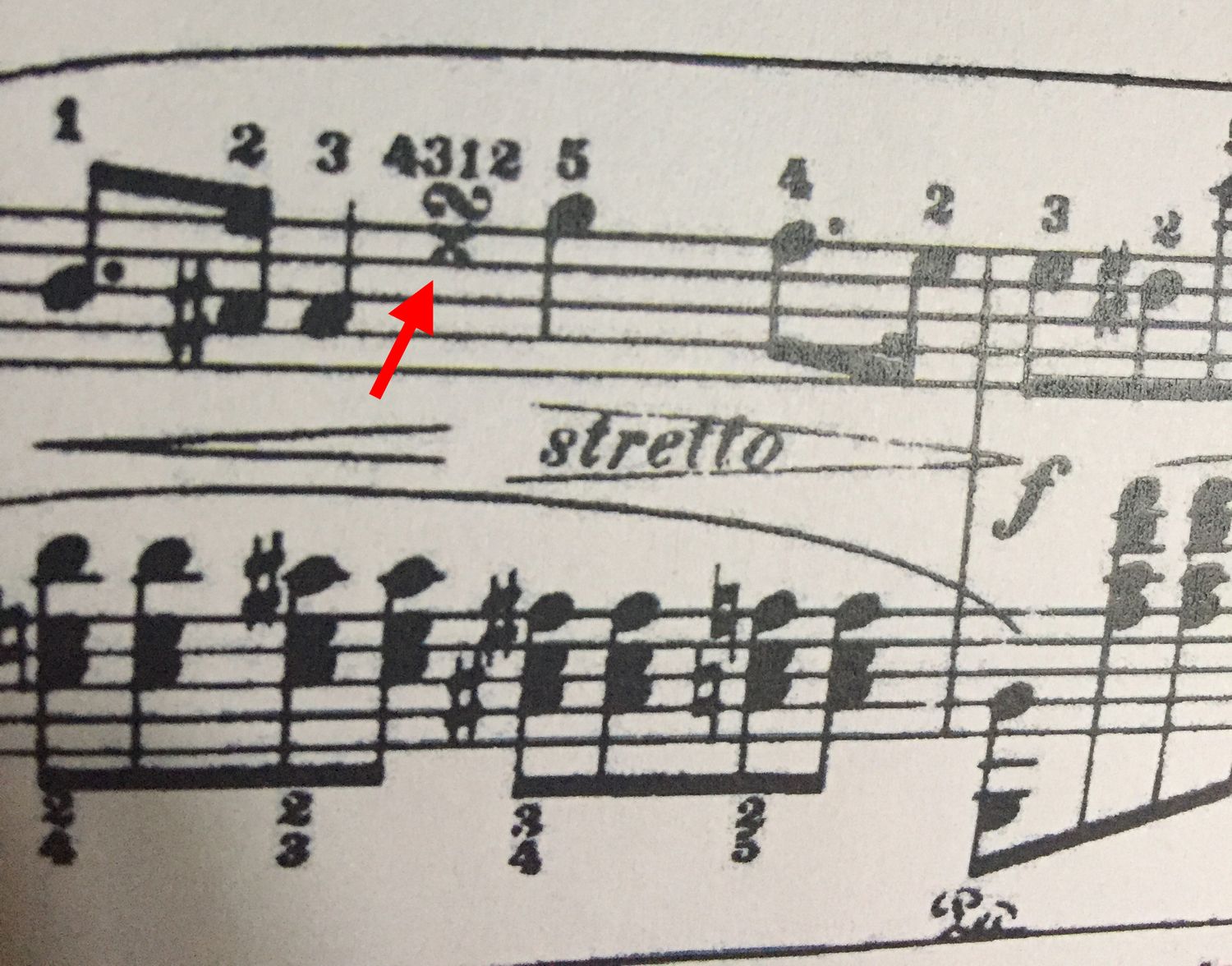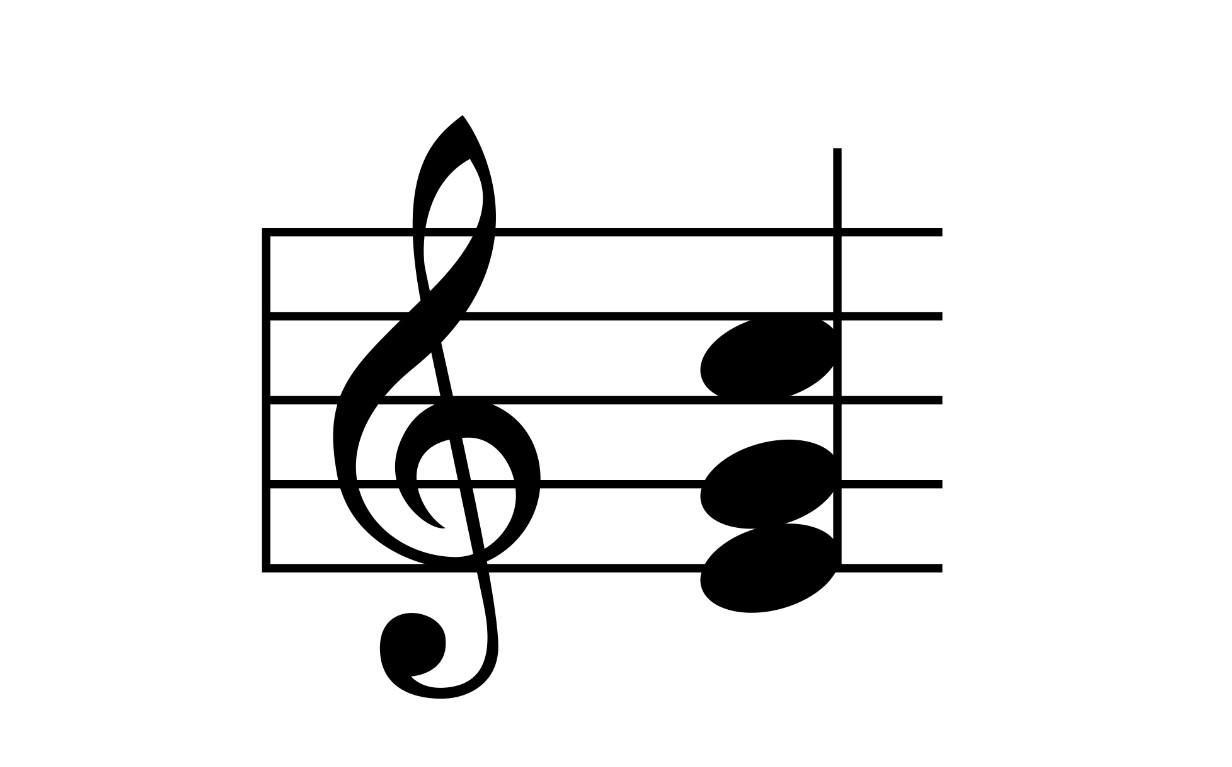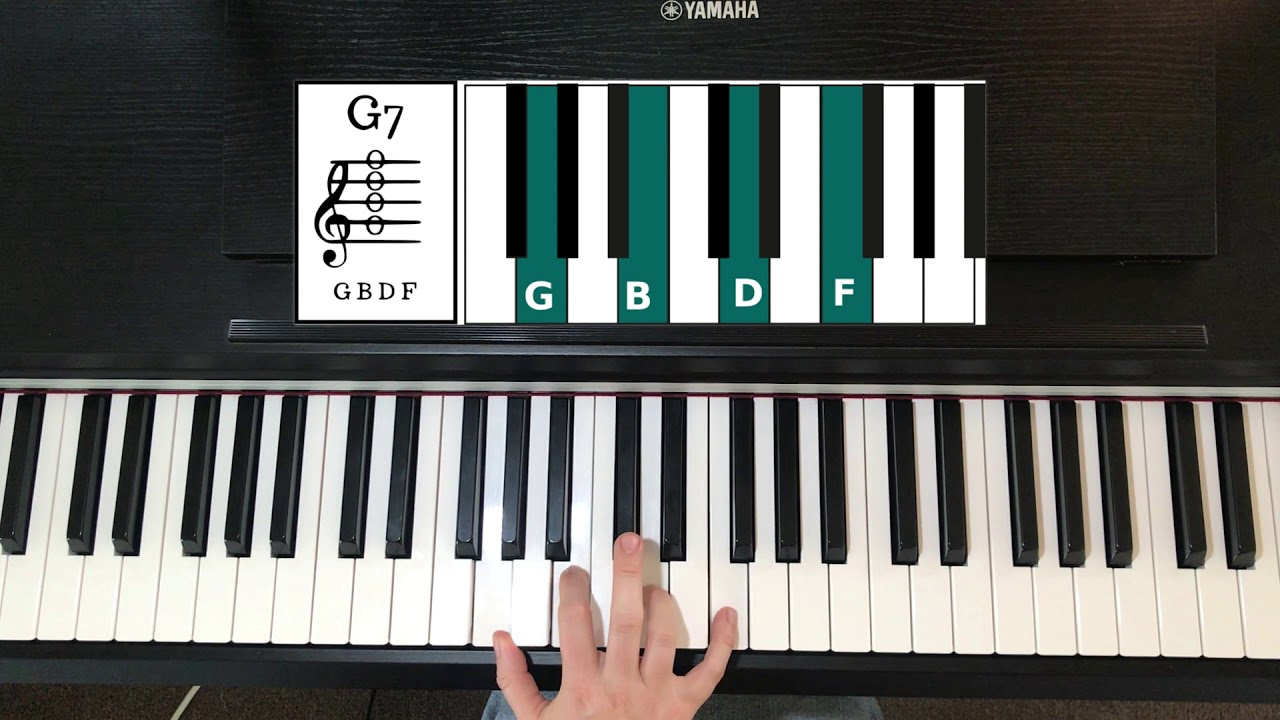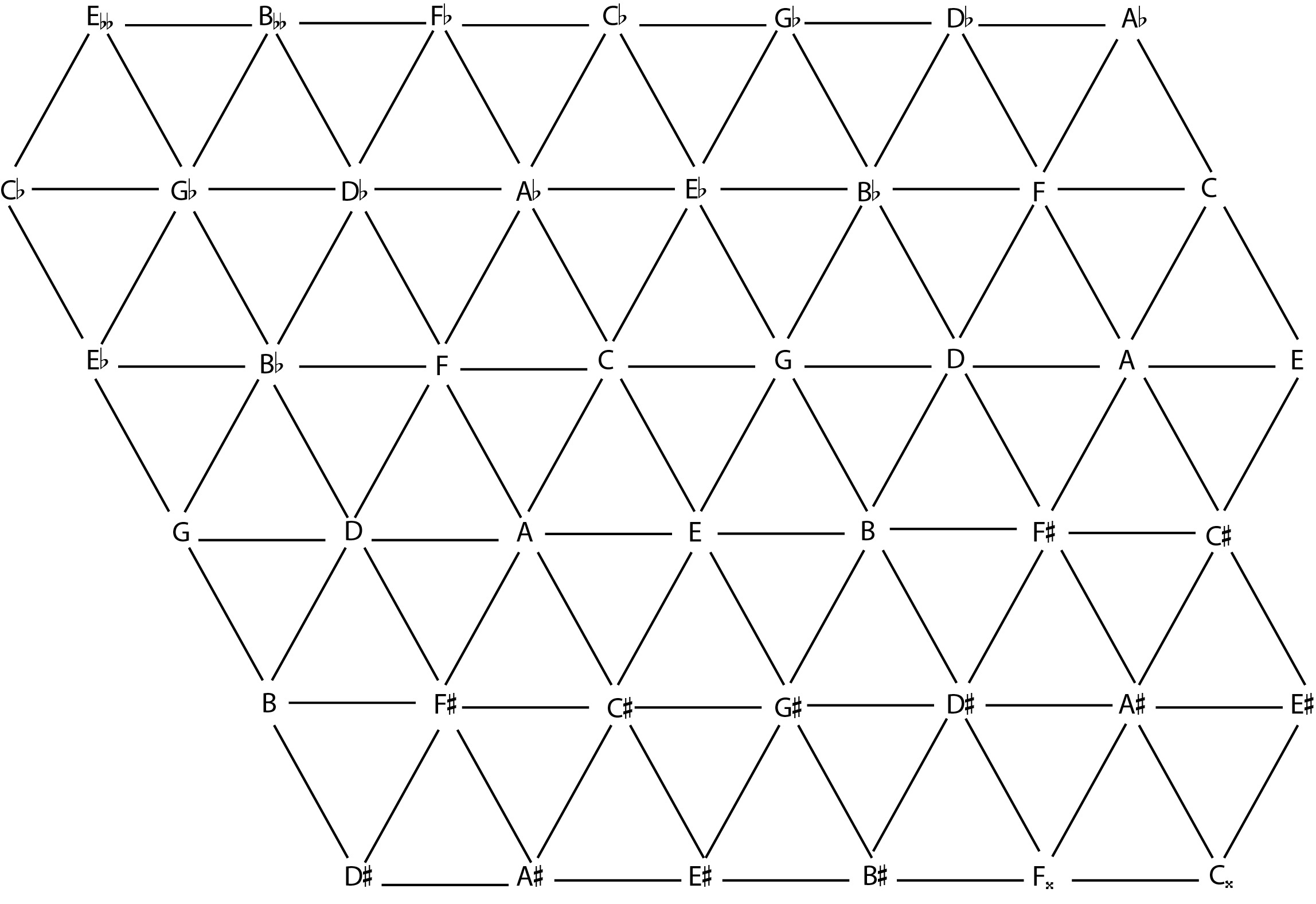Home>Production & Technology>Music Theory>Music Theory What Do Numbers Mean In Chords
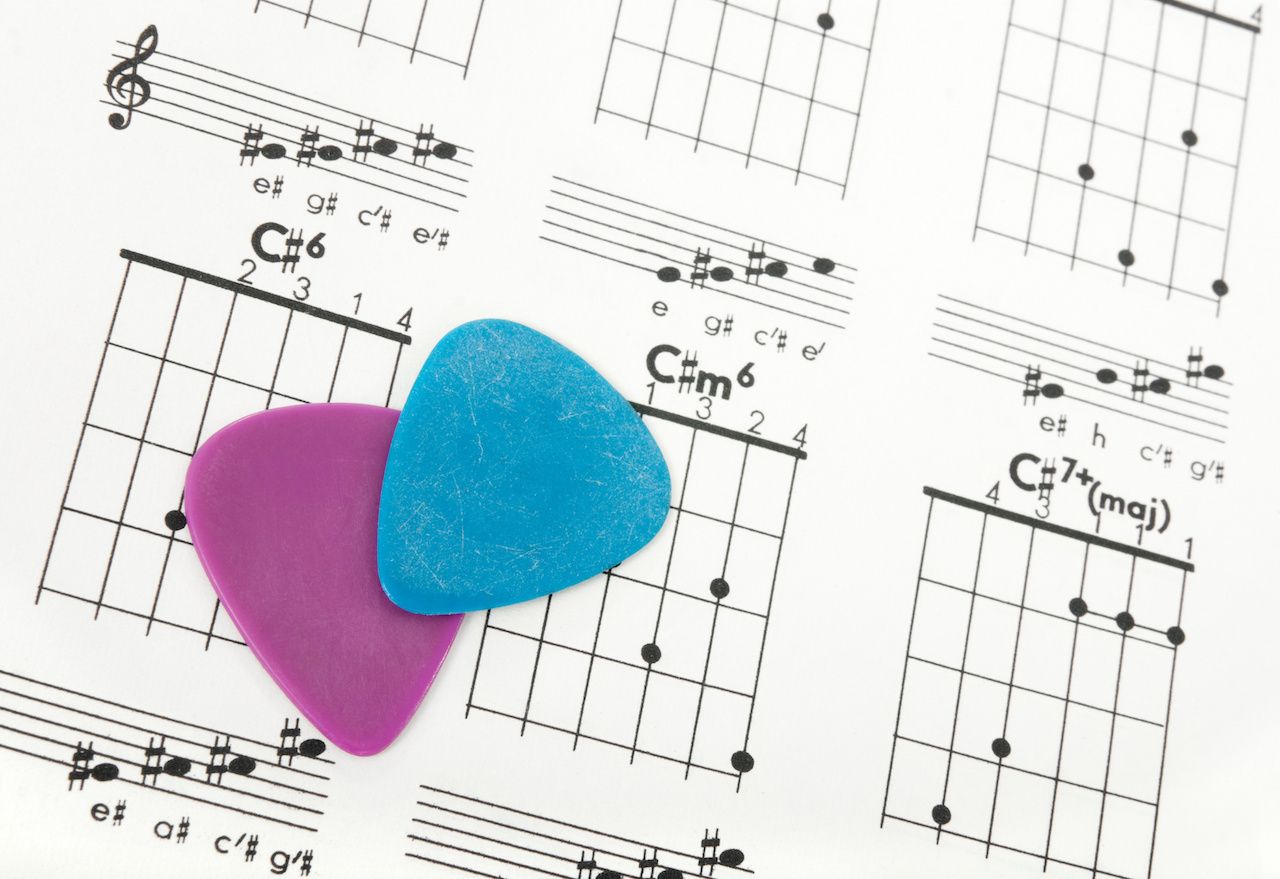

Music Theory
Music Theory What Do Numbers Mean In Chords
Published: January 30, 2024
Learn the meaning of numbers in chords and how they are used in music theory. Discover how numbers can help you understand chord progressions and create your own unique music.
(Many of the links in this article redirect to a specific reviewed product. Your purchase of these products through affiliate links helps to generate commission for AudioLover.com, at no extra cost. Learn more)
Table of Contents
Introduction
Music theory is the backbone of understanding and creating music. It encompasses various elements such as rhythm, melody, harmony, and chords. When it comes to chords, numbers play a crucial role in defining their structure and function. Understanding what these numbers mean in chords is essential for musicians, composers, and anyone interested in delving deeper into the world of music theory.
Chord numbers refer to the intervals between the notes within a chord or the relationship of the notes to the root note of the chord. These numbers provide valuable information about the quality, tension, and overall character of a chord. By deciphering chord numbers, musicians can anticipate and create harmonic progressions, enrich melodies, and add complexity to their musical creations.
Before we dive into the world of chord numbers, it’s important to have a solid understanding of the major scale, as chords are built upon its structure. The major scale consists of seven notes, each assigned a unique number from one to seven. These numbers form the foundation for chord construction and analysis.
In this article, we will explore the significance of chord numbers, how they are derived from the major scale, and how they are represented using Roman numeral notation. We will also discuss common chord progressions that utilize these numbers, allowing you to unlock the secrets behind the harmonic language of music.
So, whether you’re a beginner musician eager to grasp the basics of music theory or an experienced player looking to deepen your understanding, join us as we unravel the mysteries of chord numbers and the fascinating world of music theory.
Understanding Chord Numbers
Chord numbers play a crucial role in understanding the structure and function of chords. They provide a way to analyze and communicate the harmonic relationships within a piece of music. To understand chord numbers, it is important to grasp the concept of intervals.
An interval refers to the distance between two notes. In music theory, intervals are measured in terms of the number of letter names and the number of half steps between the notes. For example, the interval between C and E is called a major third, consisting of two letter names (C and D) and four half steps.
When it comes to chords, the numbers indicate the intervals between the notes within the chord in relation to the root note of the chord. The root note is the foundation of the chord and determines its name. For example, in a C major chord, the root note is C.
Let’s take a closer look at the chord numbers in the context of the major scale. The major scale consists of seven notes, each assigned a unique number from one to seven. These numbers correspond to the intervals between the notes of the major scale.
To better understand chord numbers, let’s consider the C major scale:
- C
- D
- E
- F
- G
- A
- B
In the key of C major, the chord built on the first note of the scale (C) is called the I chord, pronounced “one chord.” The second note (D) corresponds to the II chord, the third note (E) to the III chord, and so on.
Each chord in the major scale has a unique quality. The I, IV, and V chords are major chords, while the II, III, and VI chords are minor chords. The VII chord is a diminished chord. These qualities are represented using uppercase Roman numerals for major chords, lowercase Roman numerals for minor chords, and lowercase Roman numerals followed by a degree sign (°) for diminished chords.
Understanding chord numbers allows musicians to analyze chord progressions, create melodic lines, and compose harmonically rich music. By knowing the intervals and qualities associated with each chord number, you can navigate through the harmonic landscape and unlock the creative potential that music theory offers.
The Major Scale
The major scale is one of the most fundamental concepts in music theory. It serves as the foundation for understanding chord construction, melody writing, and harmonization. By grasping the structure and characteristics of the major scale, musicians can navigate through different keys, analyze chord progressions, and create harmonically pleasing compositions.
The major scale is a diatonic scale consisting of seven notes. These notes are arranged in a specific pattern of whole steps (W) and half steps (H). The pattern for the major scale is as follows:
W – W – H – W – W – W – H
To illustrate this pattern, let’s consider the C major scale:
- C
- D
- E
- F
- G
- A
- B
- C (Octave)
In the C major scale, the distance between C and D is a whole step (W), as is the distance between D and E. The distance between E and F is a half step (H), followed by three whole steps between F, G, A, and B. Finally, the distance between B and the octave C is a half step (H).
Understanding the major scale allows musicians to construct chords and harmonies systematically. Each note within the major scale can serve as the root note of a chord, and the resulting chords will have different qualities depending on their position within the scale.
Moreover, the major scale serves as a reference point for understanding modes, chord progressions, and key signatures. It provides a structural framework that enables musicians to explore and create within the bounds of tonal music.
By internalizing the major scale, musicians can develop a strong ear for melody and harmony, making it easier to compose, arrange, and improvise with confidence. Whether you’re a beginner musician or an advanced player, the major scale is an essential concept that forms the backbone of music theory and unlocks the vast possibilities of musical expression.
Building Chords from the Major Scale
Building chords from the major scale is a fundamental aspect of music theory. By understanding the relationship between the notes of the major scale and the chords they form, musicians can create harmonic progressions, write captivating melodies, and expand their compositional palette.
To build chords from the major scale, we take the notes of the scale and stack them in thirds. Specifically, we select a root note from the major scale and then add the third and fifth notes above it.
Let’s break it down with an example using the C major scale:
- C (Root)
- D (Second)
- E (Third)
- F (Fourth)
- G (Fifth)
- A (Sixth)
- B (Seventh)
- C (Octave)
Starting with the root note, C, we skip the second note (D) and select the third note (E). We then skip the fourth (F) and select the fifth (G). By stacking these notes, we form the C major chord: C, E, G.
Using this same principle, we can build chords from the other notes of the C major scale. For example:
- D (Second) – D, F, A – D minor chord
- E (Third) – E, G, B – E minor chord
- F (Fourth) – F, A, C – F major chord
- G (Fifth) – G, B, D – G major chord
- A (Sixth) – A, C, E – A minor chord
- B (Seventh) – B, D, F – B diminished chord
By following this pattern, we can build chords from any major scale. The resulting chords will have different qualities, such as major, minor, or diminished, depending on their position within the scale.
Understanding how chords are built from the major scale provides a powerful tool for musicians. It allows us to analyze and communicate chord progressions, create harmonic frameworks for improvisation, and add variety and depth to our musical compositions.
So, whether you’re composing a catchy pop song, exploring the complexities of jazz, or embracing the expressive power of classical music, building chords from the major scale will serve as an invaluable skill to expand your musical horizons and elevate your musical creations.
Roman Numeral Notation
Roman numeral notation is a common method used in music theory to represent chords and their relationships within a key. It allows musicians and theorists to analyze and communicate chord progressions, regardless of the key or specific notes involved.
In Roman numeral notation, each chord is represented by a Roman numeral, which corresponds to its position within the scale. The uppercase numerals indicate major chords, while lowercase numerals represent minor chords. A lowercase numeral followed by a degree sign (°) indicates a diminished chord.
To understand Roman numeral notation, let’s refer back to the C major scale:
- C (I)
- D (II)
- E (III)
- F (IV)
- G (V)
- A (VI)
- B (VII)
- C (I, Octave)
In the key of C major, the C major chord is represented as I, the D minor chord as ii, the E minor chord as iii, and so on. The Roman numerals provide a universal language that can be applied to any key, making it easier to analyze and transcribe chord progressions.
One of the advantages of Roman numeral notation is that it allows musicians to identify and understand the functional relationships between chords within a key. For example, the I, IV, and V chords (C, F, and G in the key of C major) are known as the primary chords. They have a strong sense of stability and play a crucial role in establishing the tonality of a piece.
Additionally, Roman numeral notation enables musicians to recognize and analyze common chord progressions found in various genres of music. For instance, the I-IV-V progression (C-F-G in the key of C major) is commonly used in countless pop, rock, and blues songs, creating a familiar and satisfying sound.
Mastering Roman numeral notation allows musicians to think in terms of chord relationships rather than specific chord names. It provides a framework for understanding harmonic structures, recognizing patterns, and composing with intention and coherence.
As you delve deeper into the world of music theory, embracing Roman numeral notation will open up a treasure trove of musical possibilities. It will sharpen your analytical skills, enrich your understanding of harmony, and empower you to explore the vast landscape of chord progressions across different keys and musical genres.
Applying Roman Numeral Notation to Chords
Applying Roman numeral notation to chords is a valuable skill that allows musicians to analyze, transpose, and communicate chord progressions across different keys. By using this notation system, musicians can focus on the relationships between chords rather than their specific pitches, facilitating a deeper understanding of music theory.
To apply Roman numeral notation to chords, we start by determining the key of the piece or progression. Once we establish the key, we assign Roman numerals to the chords based on their positions within the scale.
Let’s take the key of C major as an example:
- C Major (I)
- D Minor (ii)
- E Minor (iii)
- F Major (IV)
- G Major (V)
- A Minor (vi)
- B Diminished (vii°)
In this case, if we encounter a chord progression like C major – F major – G major, we can represent it as I – IV – V. This concise and universal representation allows us to easily transpose the progression to other keys or analyze its function within the overall structure of the song.
Using Roman numeral notation, we can also recognize common chord patterns and progressions in music. For example, the I – IV – V progression is a staple in countless songs across different genres. It provides a sense of resolution and movement, creating a familiar and appealing sound.
Furthermore, Roman numeral notation makes it easier to understand and analyze chord substitutions and modifications within a chord progression. For instance, if we encounter a progression like I – vi – IV – V, we can quickly identify that it follows a common pattern found in many songs.
Whether you’re analyzing music, transposing a song to a different key, or composing your own music, the ability to apply Roman numeral notation to chords is a powerful tool. It allows you to think in terms of harmonic relationships and patterns, enabling a deeper understanding and appreciation of the music you encounter or create.
So, embrace Roman numeral notation as a musical language that transcends specific keys and chord names. As you become more fluent in its application, you’ll discover new insights and possibilities in music, unlocking a world of creative potential.
Common Chord Progressions
Chord progressions are the backbone of many songs across various genres and musical styles. Understanding common chord progressions not only allows musicians to play along with ease but also provides insights into the underlying harmonic patterns that create emotion and tension in music.
While there are countless chord progressions, certain patterns appear repeatedly in different genres. Let’s explore some of the most common chord progressions:
- I – IV – V: This progression, often referred to as the “1-4-5 progression,” is widely used in rock, blues, and pop music. It offers a reliable and straightforward foundation for many catchy and memorable songs. For example, in the key of C major, this progression would consist of the chords C major, F major, and G major.
- vi – IV – I – V: Also known as the “six-four-one-five progression,” this sequence can be found in numerous pop songs. It provides a sense of resolution and is frequently used as the basis for uplifting and anthemic choruses. In the key of C major, this progression would include the chords A minor, F major, C major, and G major.
- ii – V – I: Widely used in jazz and other genres, this progression is characterized by its smooth resolution and harmonic sophistication. The ii – V – I progression adds tension and resolution, creating a sense of musical motion. For example, in the key of C major, this progression would consist of the chords D minor, G major, and C major.
- iii – vi – IV – I: Common in many pop and rock ballads, this progression evokes a heartfelt and introspective mood. It offers a satisfying resolution when moving from the iii chord to the vi chord, followed by a sense of uplifting energy when transitioning to the IV and I chords. In the key of C major, this progression would include the chords E minor, A minor, F major, and C major.
- iii – IV – I – IV: Also known as the “Axis of Awesome progression,” this sequence has been used throughout the history of popular music. It’s catchy and instantly recognizable, often associated with feel-good and nostalgic vibes. In the key of C major, this progression would consist of the chords E minor, F major, C major, and F major.
These are just a few examples of common chord progressions, but the possibilities are endless. By understanding these patterns, you’ll have a foundation for playing and creating music in various genres.
As you explore chord progressions, keep in mind that the context and arrangement of the chords can greatly influence their emotional impact. Experiment with inversions, chord extensions, and rhythm to add your own personal touch and create unique musical expressions.
By familiarizing yourself with common chord progressions and their variations, you’ll develop a deeper understanding of how chords work together, allowing you to play, compose, and improvise with confidence and creativity.
Conclusion
Music theory is a vital tool for any musician seeking to deepen their understanding of harmony, composition, and overall musicality. Within music theory, the concept of chord numbers holds significant importance, as it provides insights into the structure and function of chords.
Chord numbers, derived from the major scale, offer a systematic way to analyze and communicate the relationships between chords. By understanding the intervals and qualities associated with each chord number, musicians can navigate through different keys, compose captivating melodies, and create harmonically rich harmonic progressions.
Roman numeral notation enhances the comprehension and communication of chord progressions across various keys. It allows musicians to analyze and transpose songs while recognizing the common patterns that underpin music in numerous genres and styles. By using Roman numeral notation, musicians can comprehend chord substitutions, modifications, and the functional relationships between chords within a key.
Common chord progressions provide a foundation for musicians to explore and create in different musical genres. Whether it’s the timeless I – IV – V progression in rock and blues, the romantic and introspective iii – vi – IV – I in pop ballads, or the sophisticated ii – V – I in jazz, these progressions offer a roadmap for composition, improvisation, and playing along with music.
As you delve into the world of music theory and chord numbers, remember to embrace your creativity and personal expression. While theory offers guidance, it is through experimentation and exploration that you will truly unlock your musical potential.
So, whether you’re a beginner musician eager to grasp the foundations of music theory or an experienced player looking to sharpen your skills, understanding chord numbers and their application will open up a new realm of possibilities in your musical journey. Dive in, explore, and let the language of chords and numbers inspire your musical creations.

